It connects Pichelsdorfer Strasse with Ikea in the west of Berlin and leads across the Havel to the south port: the Schulenburg Bridge, Berlin’s large million-dollar construction site. The bridge is rotten, built in 1909, 79 meters long and can no longer be saved. Above the bridge in all its beauty. And here is my picture of the rust eating through the Berlin building.
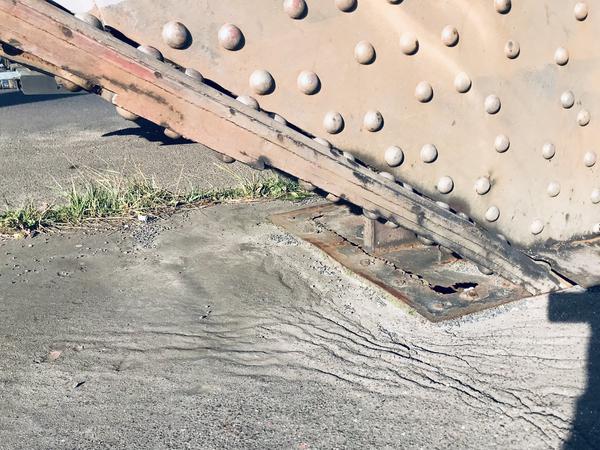
Since this week, Berlin’s Transport Senator Bettina Jarasch, Green Party, has been looking for a general planner to implement the 40 million project in Berlin-Spandau. Planning has been going on since 2020. And the entire construction site will not be completed before 2029.
13,000 cars and 440 trucks are counted there every day. the Spandau newsletter from the daily mirror has read through the current papers of the Senate administration – here is a look at the note with the word “framework schedule”.
- From autumn 2023: new construction of the south port (until 2029)
- From spring 2025: New construction of the rail system (until 2027)
- From spring 2025: new construction of the Schulenburg Bridge (until 2028)
- From summer 2026: construction of the crossing (until 2028)
“Parking on the bridge should be ruled out,” write the planners, thus announcing the elimination of all parking spaces on the new bridge. And the other parking spaces along the street hardly have a future. Because that, too, will be rebuilt over a length of 500 meters, defused and reorganized.
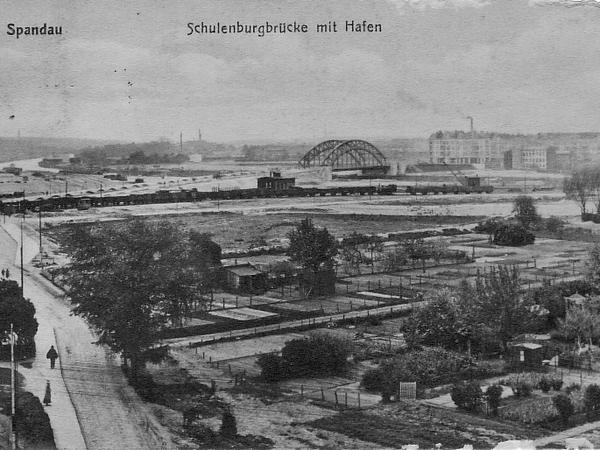
“Between the intersection of Krowelstrasse/Weißenburger Strasse/Götelstrasse and Am Oberhafen, cycle lanes are to be provided instead of the side parking lanes.”
However, it is still being checked whether bicycle traffic can be directed in a large arc over Ruhlebener Straße.
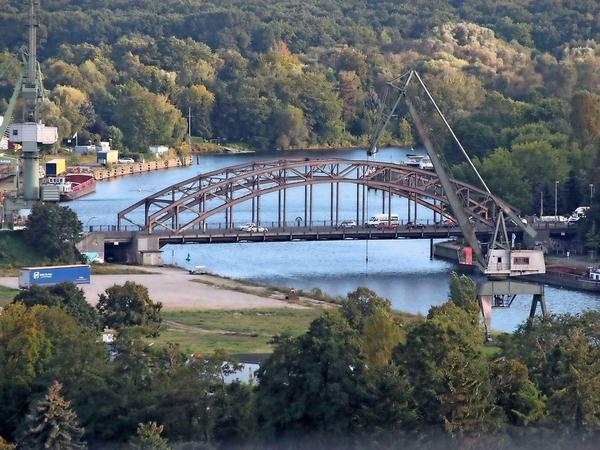
In addition to the bridge, two stairways down to the banks of the Havel (“Havelradweg”) are being built, which have been closed for several years – to the annoyance of many residents.
A total of 80 million euros will be invested here. The port below is also to be rebuilt so that bulky goods can be loaded directly from the rails onto ships at the quay. Hundreds of meters of rail have to be rebuilt for this – including under the bridge.
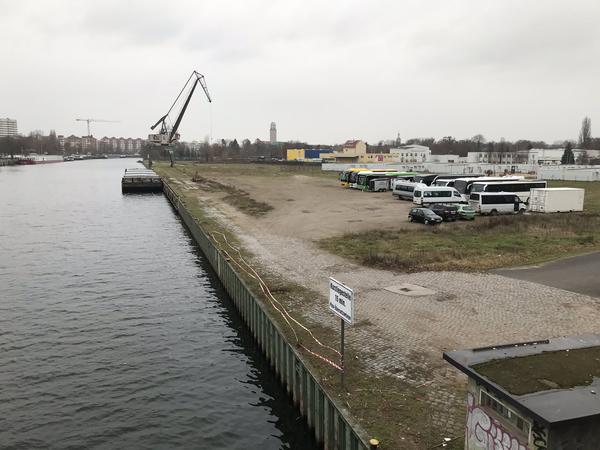
“The Schulenburg Bridge is structurally closely related to the expansion of Berlin’s Südhafen, which is the second largest public port in Berlin and is operated by the Berliner Hafen- und Lagerhausgesellschaft (BEHALA),” the plans say.
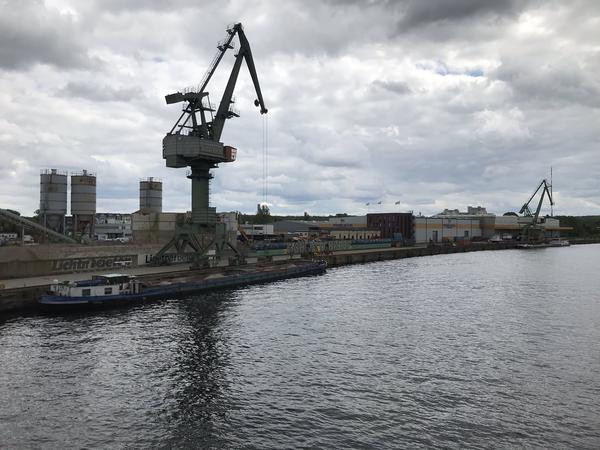
500 meters of new road will be built and sorted, because the intersections are considered a “confusing and unsafe traffic area”. And therefore: “The crossing area Am Oberhafen is a multi-armed crossing where the streets Tiefenwerderweg, Am Oberhafen and Schulenburgstraße meet. A conversion of the crossing is necessary for all traffic participants in terms of safety, clarity, orientation and the increase in the performance of the southern port.” This is also where the new rails are to run.
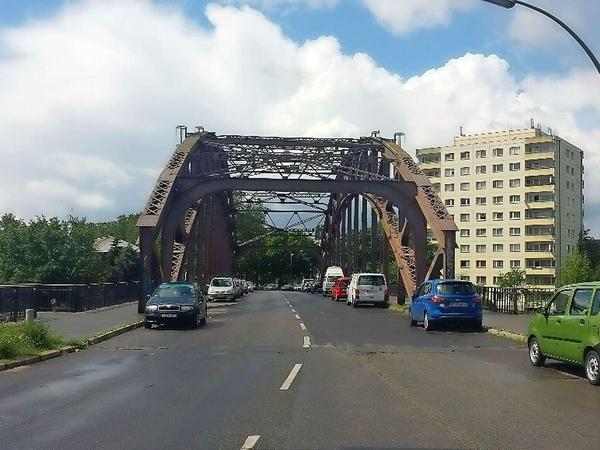
The other crossing in the west is not much better: “Since the cross streets Krowelstrasse and Götelstrasse are offset from each other, a very large crossing area is created. This area of traffic is currently an accident hotspot. Crossing is not safe, especially for people with restricted mobility.” A central island is therefore to be planned at Krowelstrasse to make it easier to cross Weißenburger Strasse and calm the traffic situation.
In the current Spandau newsletter from the Tagesspiegel you will find even more current news from West Berlin. The Spandau newsletter with neighborhood news, debates, ideas, dates and tips is available once a week and free of charge at tagesspiegel.de/districts. Here are some of the current topics.
- FDP wants federal garden show bring to the banks of the Havel
- Soup kitchen Spandau: Who is behind it? Interview about help, donations and the Gatower Rieselfelder
- Gutspark Neukladow: bad news
- Schulenburg Bridge: New building starts, parking spaces are eliminated
- Siemensstadt: new place at the S-Bahn station
- Demolition of the Confidence Churche is approaching 2023: are the bells coming to Tanzania?
- Kladow’s churches merge 2024
- water town: finally a supermarket
- Fair department store at the “Green Week”
- New citizen offices in Staaken and Siemensstadt?
- Eiswerder Island: vigil against the demolition
- energy crisis: Spandau’s 200 sports clubs don’t want any help
- E Clasico: Eintracht Spandau welcomes Eintracht Frankfurt
- City Council talks about Heerstraße Nord, the Ella Kay home in Kladow, the Ikea housing estate, rescue centers and the stadium for SC Staaken
To home page
